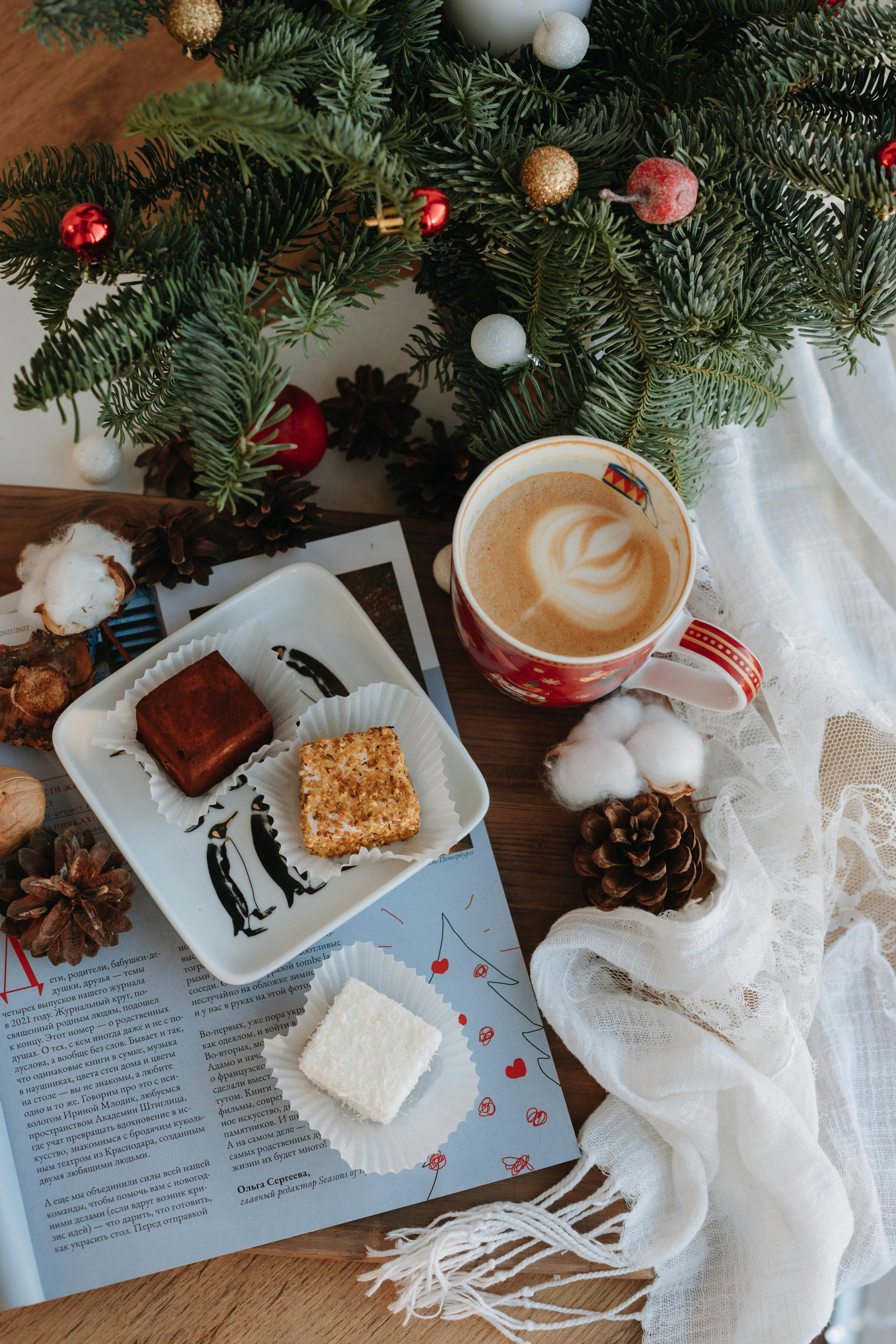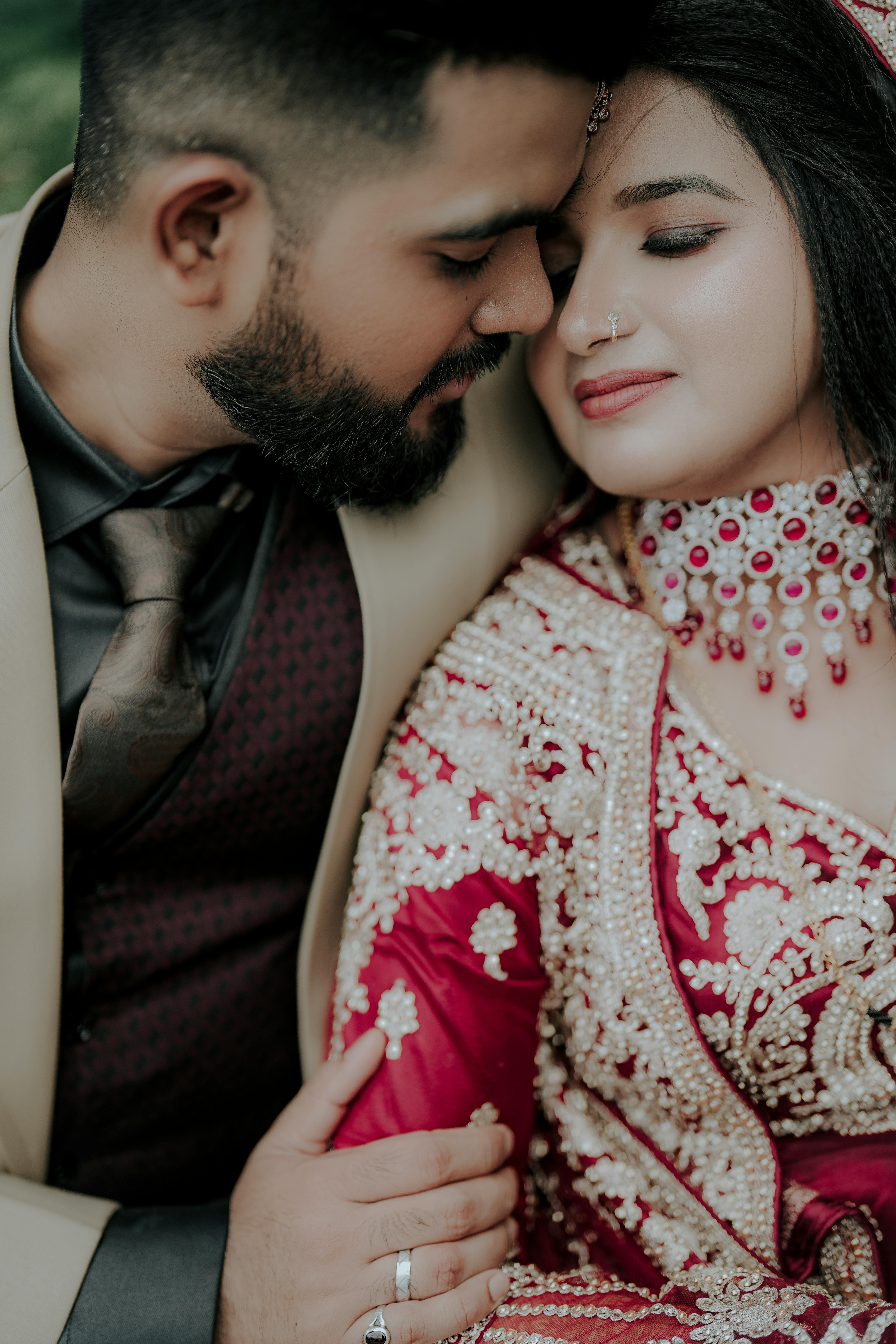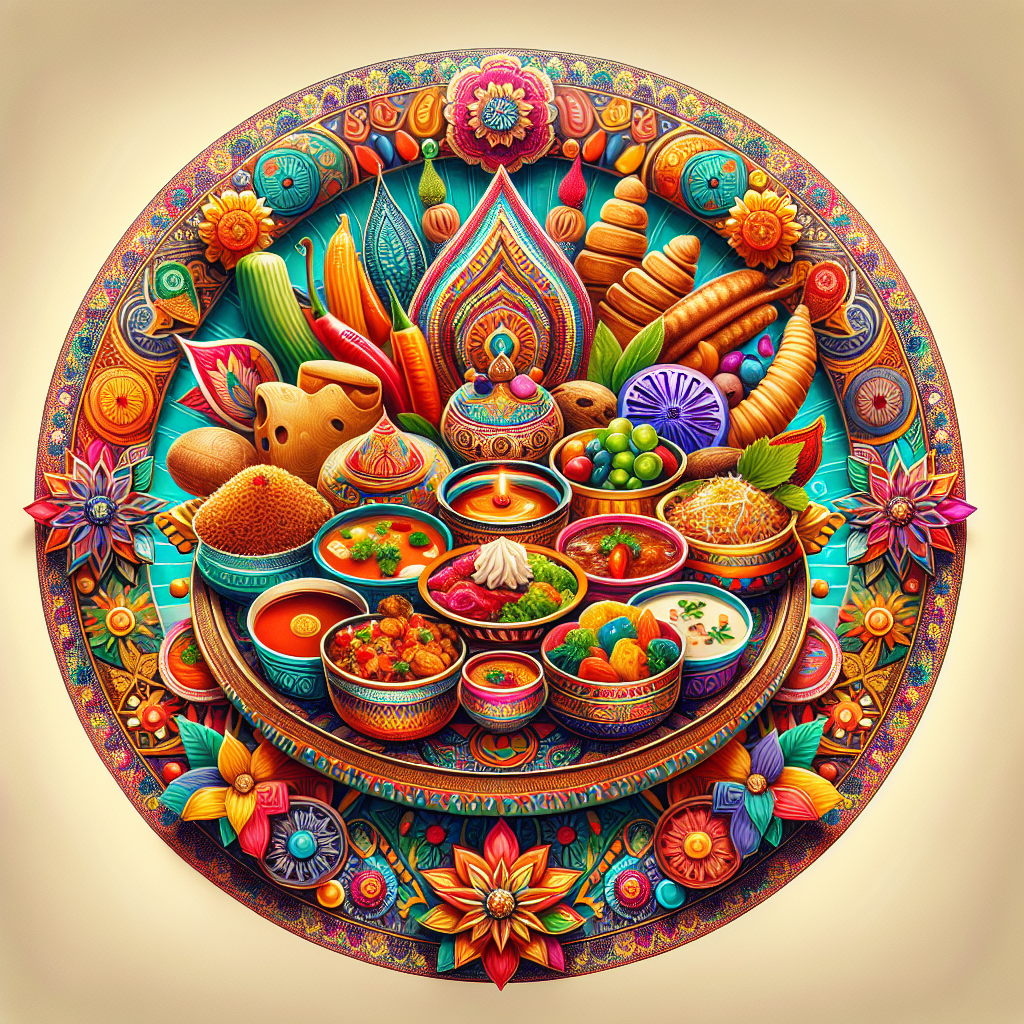Indulge in the vibrant and diverse culinary traditions of India by exploring the rich heritage of its regional food festivals. On IndianCulture.com, you can immerse yourself in a world of aromatic spices and tantalizing flavors that define Indian cuisine. From the fiery dishes of South India to the mouthwatering sweets of East India, every region boasts its own unique delicacies. Discover the significance behind these food festivals and discover the cultural tapestry that comes alive on your plate. Join us on a gastronomic journey through the heart and soul of India.

Introduction to Indian Food Festivals
Overview of Indian food festivals
India, known for its rich cultural heritage, is also famous for its vibrant and diverse food festivals. These festivals not only serve as a platform for showcasing the exquisite flavors and aromas of Indian cuisine but also offer a glimpse into the country’s traditions, customs, and rituals. Spanning across different regions and communities, Indian food festivals are celebrated with great enthusiasm and play a significant role in promoting cultural diversity and unity.
Significance of food in Indian culture
Food holds a special place in Indian culture. It is not just a means of sustenance but is believed to have symbolic and spiritual significance. In Indian households, food is prepared with love and care, often using age-old recipes passed down through generations. Indian cuisine is known for its extensive use of aromatic spices and flavors that vary from region to region. The significance of food in Indian culture is further enhanced through the various food festivals celebrated across the country.
History of Indian food festivals
Indian food festivals have a long and fascinating history that is deeply intertwined with the country’s religious, social, and cultural heritage. These festivals have been celebrated for centuries, with many of them tracing their origins back to ancient times. The rituals and traditions associated with these festivals have been carried forward through generations, making them an integral part of Indian society. From grand feasts prepared for deities to community gatherings centered around food, Indian food festivals have evolved over time while retaining their essence.
North Indian Food Festivals
Baisakhi Festival
Baisakhi, also known as Vaisakhi, is a harvest festival celebrated in North India, particularly in the state of Punjab. The festival marks the arrival of the harvest season and holds immense religious significance for Sikhs. Baisakhi is celebrated with great gusto, with vibrant processions, folk dances, and, of course, a spread of delicious food. Traditional Punjabi dishes like makki di roti (corn bread) with sarson da saag (mustard greens), lassi (a refreshing yogurt-based drink), and jalebi (a sweet syrupy dessert) are prepared and shared with family and friends.
Teej Festival
Teej is a traditional festival celebrated by married women in North India, primarily in Rajasthan and parts of Uttar Pradesh. It is dedicated to the Hindu goddess Parvati and celebrates the reunion of married couples. Along with fasting and praying, women indulge in special delicacies like ghevar (a sweet deep-fried pastry), malpua (pancakes), and ghewar (a disc-shaped dessert made with flour and sugar syrup). These traditional sweets add a sweet touch to the festivities and are relished by all.
Lohri Festival
Lohri is a popular winter festival celebrated with great fervor, especially in Punjab. It marks the end of winter and the arrival of longer days. Lohri is celebrated around bonfires, with people singing and dancing to folk songs. One of the highlights of this festival is the traditional Punjabi snack called sarson da saag with makki di roti. Roasted peanuts, popcorn, and rewari (a sweet made with sesame seeds and jaggery) are also enjoyed during the celebrations. Lohri is a time for families and friends to come together and revel in the warmth of bonhomie and delicious food.

South Indian Food Festivals
Pongal Festival
Pongal is a harvest festival celebrated predominantly in the southern state of Tamil Nadu. The festival gets its name from the dish also known as Pongal, which is prepared to mark the occasion. This delectable dish is made from freshly harvested rice, lentils, jaggery (unrefined sugar), and ghee (clarified butter). Along with Pongal, a variety of traditional sweets and savories like murukku (a crunchy snack), payasam (a rice pudding), and athirasam (a deep-fried sweet) are prepared and shared with family and friends.
Onam Festival
Onam is the most important festival in the southern state of Kerala and is celebrated to mark the homecoming of the mythical King Mahabali. The festival spans over ten days and is marked by grand feasts known as Onam Sadhya. The Sadhya is a lavish meal served on a banana leaf, consisting of an array of mouthwatering vegetarian dishes like avial (a mixed vegetable curry), olan (a coconut-based dish), and payasam. Onam Sadhya is a true culinary delight that showcases the rich flavors and diversity of Kerala cuisine.
Karaga Festival
The Karaga festival is celebrated in Karnataka, especially in the city of Bengaluru, and is dedicated to the Hindu goddess Draupadi. The highlight of the festival is the Karaga procession, where a man dresses up as a woman and carries a pot filled with holy water on his head. The festival also involves elaborate rituals and the preparation of unique dishes like kara adai (spicy rice dumplings), holige (sweet stuffed bread), and Mysore pak (a rich sweet made with gram flour, sugar, and ghee). The Karaga festival is a vibrant celebration of culture and gastronomy in Karnataka.
East Indian Food Festivals
Durga Puja
Durga Puja is the most important festival in the eastern state of West Bengal and is dedicated to the Hindu goddess Durga. It is a ten-day festival that celebrates the victory of good over evil. The festival involves elaborate ceremonies, grand processions, and the creation of artistic clay idols of the goddess and her entourage. Alongside the festivities, a wide range of traditional Bengali dishes such as macher jhol (fish curry), mishti pulao (sweet rice), sorshe ilish (hilsa fish cooked in mustard sauce), and rasgulla (a popular sweet) are prepared and savored by the devotees.
Poush Sankranti
Poush Sankranti, also known as Makar Sankranti, is a festival celebrated in the eastern states of West Bengal and Odisha. It marks the end of the winter solstice and welcomes longer days. The festival is associated with kite-flying and the preparation of traditional delicacies like pithe (rice-based sweet dumplings), paatishapta (a sweet stuffed pancake), and nolen gur (date palm jaggery). Poush Sankranti is a time to indulge in these delicious treats and celebrate the arrival of spring.
Bengali New Year
The Bengali New Year, also known as Pohela Boishakh, is celebrated in West Bengal and Bangladesh. It marks the first day of the Bengali calendar year. The festival is a time of joy and celebration, with people dressing up in traditional attire and participating in colorful processions. Traditional dishes like macher paturi (fish wrapped in banana leaves and cooked), chingri malai curry (prawn curry in coconut milk), shorshe bata ilish (hilsa fish cooked in mustard paste), and sandesh (a popular Bengali sweet made with cottage cheese and sugar) are prepared and relished on this auspicious day.

West Indian Food Festivals
Ganesh Chaturthi
Ganesh Chaturthi is a vibrant festival celebrated in the western state of Maharashtra and other parts of India. It marks the birth of Lord Ganesha, the elephant-headed Hindu god of wisdom and prosperity. The festival lasts for ten days, during which beautifully crafted clay idols of Lord Ganesha are worshipped and immersed in water. A variety of sweet treats like modak (steamed dumplings filled with coconut and jaggery), puran poli (a sweet flatbread), and karanji (deep-fried dumplings filled with sweetened coconut) are prepared and offered to the deity.
Navratri Festival
Navratri is a nine-night festival celebrated in the western states of Gujarat and Maharashtra, as well as other parts of India. The festival honors the Hindu goddess Durga and her various forms. During Navratri, people participate in energetic dance forms like garba and dandiya. Fasting is an integral part of the festival, and special dishes like sabudana vada (tapioca fritters), kuttu ka puri (buckwheat flatbread), and rajgira halwa (amaranth pudding) are prepared to cater to the specific dietary requirements. On the ninth day, known as Navami, a lavish feast called Kanya Bhoj is organized, where young girls are worshipped and served a variety of traditional dishes.
Diwali Festival
Diwali, also known as the Festival of Lights, is one of the most widely celebrated festivals in India, including the western states of Maharashtra and Gujarat. It marks the victory of light over darkness and good over evil. The festival is celebrated with the lighting of lamps, bursting of firecrackers, and exchanging of gifts. Traditional sweets like ladoo (sweet round balls made with various ingredients), kaju katli (cashew fudge), and jalebi are prepared in abundance during Diwali. These delectable treats are shared with neighbors, friends, and family, adding sweetness to the festivities.
Central Indian Food Festivals
Bhagoriya Festival
The Bhagoriya festival is celebrated by the Bhil tribe in the central Indian state of Madhya Pradesh. It is a time of courtship and love. The festival involves dancing, singing, and playful teasing among young men and women. Traditional dishes like bafla (a wheat bread) with dal (lentil curry), poha (flattened rice), and jalebi are prepared and enjoyed during the festivities. The Bhagoriya festival presents an opportunity for the Bhil tribe to come together, celebrate their culture, and relish the flavors of their traditional cuisine.
Dussehra Festival
Dussehra, also known as Vijayadashami, is a major Hindu festival celebrated across India, including the central states of Madhya Pradesh and Chhattisgarh. The festival marks the victory of Lord Rama over the demon king Ravana. It is celebrated with great pomp and grandeur, with effigies of Ravana being burnt in various parts of the country. A popular delicacy during Dussehra is the Malpua, a sweet pancake served with rabri (sweetened condensed milk). The festival is a time of joy and festivity, with people coming together to commemorate the triumph of good over evil.
Holi Festival
Holi, also known as the Festival of Colors, is a vibrant and exuberant festival celebrated across India, including the central states of Madhya Pradesh and Chhattisgarh. The festival marks the arrival of spring and the victory of good over evil. Holi is celebrated with gusto, with people smearing each other with colored powders and water. Alongside the playful water fights, traditional sweets like gujiya (a deep-fried pastry filled with sweetened khoya), malpua, and thandai (a refreshing drink made with milk, nuts, and spices) are prepared and shared. Holi is a time for merriment, joy, and indulgence in delectable treats.
Northeast Indian Food Festivals
Bihu Festival
Bihu is a set of three agricultural festivals celebrated in the northeastern state of Assam. These festivals mark different stages of the agricultural cycle and are named Bohag Bihu (celebrated in April), Magh Bihu (celebrated in January), and Kaati Bihu (celebrated in October). Bihu is synonymous with traditional Assamese food, with dishes like maahor dail (black gram curry), pitha (traditional rice cakes), laru (sweet coconut balls), and doi (sweetened yogurt) being prepared and relished during the festivities. Bihu is a time of abundance and merriment, with dance and music forming an integral part of the celebrations.
Mopin Festival
Mopin is an agricultural festival celebrated by the Galo tribe in the northeastern state of Arunachal Pradesh. The festival is dedicated to the goddess of wealth and prosperity, Mopin. The festival involves rituals, dances, and the preparation of traditional dishes like rice beer, smoked meat, and river fish. The highlight of the festival is the Mopin dance, performed by men and women in colorful traditional attire. Mopin brings the Galo community together, fostering a spirit of unity and joy.
Losar Festival
Losar is the Tibetan New Year celebrated in the northeastern state of Sikkim and other regions with a significant Tibetan population. The festival falls around the same time as the Chinese New Year. Losar is a time of religious ceremonies, prayers, and festivities. Traditional Tibetan dishes like momo (steamed dumplings filled with meat or vegetables), thukpa (noodle soup), and butter tea are prepared and shared with family and friends. The festival is a time for reflection, renewal, and the celebration of Tibetan culture and cuisine.
Religious Significance in Indian Food Festivals
Offerings and rituals
Indian food festivals often revolve around religious rituals and offerings. Devotees prepare and offer food to deities during these festivals as a symbol of devotion and gratitude. Elaborate ceremonies are performed, and traditional recipes are used to create dishes that are considered sacred and auspicious. The act of cooking and offering food is seen as a means of seeking blessings and divine intervention.
Symbolism of food in religious ceremonies
Food holds deep symbolic meaning in Indian religious ceremonies. Different ingredients and dishes are associated with specific deities and festivals. For example, milk and ghee symbolize purity and are commonly offered to deities, while sweets like ladoo and modak are associated with the sweetness of divine blessings. The use of aromatic spices like cardamom, saffron, and cloves in various religious dishes represents the desire for prosperity, good health, and protection from evil.
Feasting and fasting practices
Indian food festivals often involve a combination of feasting and fasting. Fasting is considered a way to purify the body and soul, and many festivals have specific dietary restrictions during certain periods. Fasting is often followed by the consumption of specially prepared dishes, which are relished with great enthusiasm. The feasting aspect of Indian food festivals is a time for family and friends to come together and celebrate, forging stronger bonds and creating lasting memories.
Regional Specialties in Indian Food Festivals
North Indian delicacies
North Indian food festivals showcase a wide range of flavors and regional specialties. From the rich and creamy gravies of the Mughlai cuisine to the spicy chaats and street food of Delhi, the North Indian food festivals offer a culinary journey like no other. Some popular dishes include butter chicken, biryani, tandoori kebabs, chole bhature, and kulfi.
South Indian specialties
South Indian food festivals are a treat for the taste buds, with their distinctive flavors and unique dishes. From the tangy and spicy flavors of Andhra cuisine to the coconut-based dishes of Kerala, South Indian food festivals offer a gastronomic delight. Some popular dishes include dosa, idli, vada, sambar, rasam, and payasam.
East Indian traditional dishes
East Indian food festivals showcase the flavors of Bengal, Odisha, and other eastern states. These festivals are known for their seafood delicacies, sweets made from milk and cottage cheese, and a variety of rice-based dishes. Some popular dishes include macher jhol, rosogolla, sandesh, chhena poda, and pitha.
West Indian cuisine
West Indian food festivals offer a fusion of flavors influenced by Gujarati, Maharashtrian, Rajasthani, and Goan cuisines. From the sweet and savory flavors of Gujarati cuisine to the spicy and aromatic curries of Maharashtra, West Indian food festivals cater to diverse tastes. Some popular dishes include dhokla, pav bhaji, vada pav, thepla, misal pav, and Goan fish curry.
Central Indian flavors
Central Indian food festivals celebrate the flavors of Madhya Pradesh and Chhattisgarh. These festivals showcase a mix of vegetarian and non-vegetarian dishes, with a focus on regional ingredients and culinary techniques. Some popular dishes include kababs, bafla, bhutte ki kees, poha, malpua, and jalebi.
Northeastern exotic dishes
Northeast Indian food festivals offer a unique culinary experience, with their use of indigenous ingredients and traditional cooking methods. The festivals showcase a plethora of meats, fermented foods, and bamboo shoot delicacies. Some popular dishes include momo, thukpa, bamboo shoot pickle, smoked meat, and fermented soybean dishes.
Conclusion
Indian food festivals are a celebration of the country’s rich cultural heritage and diversity. These festivals play a significant role in promoting cultural unity, preserving culinary traditions, and attracting tourists from around the world. Whether it’s the North Indian delicacies, South Indian specialties, East Indian traditional dishes, West Indian cuisine, Central Indian flavors, or Northeastern exotic dishes, Indian food festivals offer a culinary journey like no other. By indulging in the flavors and aromas of Indian cuisine, one can truly appreciate and understand the country’s traditions, customs, and rituals. So, embrace the feast, savor the flavors, and immerse yourself in the vibrant and diverse world of Indian food festivals.
